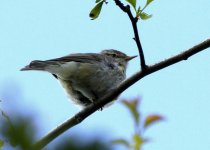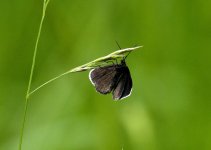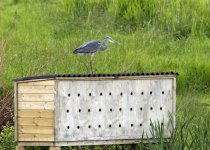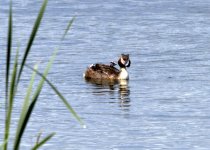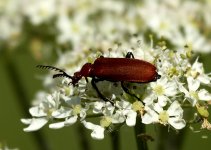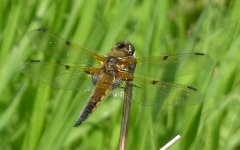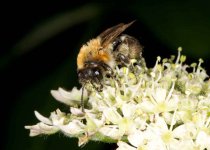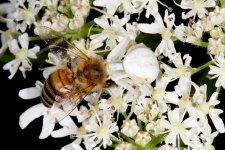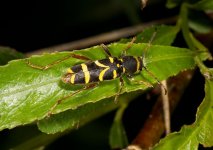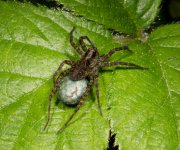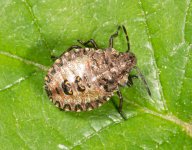upstarts1979
Well-known member
Would the silt not contain a reasonable amount of organic material that would be useful to whatever organisms spp like Avocets feed on? Can a sample(s) not be analysed to ascertain whether it is a good idea to retain rather than remove all or a % of this material?
Just a couple of thoughts, i'm not a biologist......
Laurie:t:
Hi Laurie as you know when you are managing a woodland, you only coppice/pollard sections of it at a time.
There are instances where a short term loss is a long term gain. We dig out areas that are prone to rapidly drying out. These areas will then help provide food throughout the summer as opposed to a few weeks during the late spring. Its all about balance, we monitor the prime feeding areas all the time, which helps us to decide which areas need 'tweaking' . These shallow 'ditches' silt up rapidly so the process is repeated every 2 to 3 years, almost on a par with a three year reed bed rotational scheme. Within a year, the newly dug/re-profiled areas do provide an abundant food supply (I have all the data to prove it). Due to the shallowness of the 'lagoons' the evaporation process is rapid.
For example:Since Sunday we have lowered the level by 2cm and yesterday's warm spell caused previously muddy areas to crack and dry out, exacerbated by the salt content. In the right condition this unique combination of salt and shallow lagoons creates a plethora of food for waders. However it doesn't take much for this balance to be overturned, and the consequence's are devastating. whereby the whole food chain is lost. Last years drought was unpreventable and saw the whole of the prime wader feeding habitat destroyed, the effects of which are still being felt nearly a year on.
On a smaller scale, this is what happens to the individual feeding zones that are scattered around the '2nd Flash'. We therefore have a mosaic of deep and shallow ditches, pools and scrapes, that come into their own at varying water levels - the control of which is imperative to the success or failure of the invertebrate population. If we did not re-profile or de-silt these areas, then we would have only one level of mud. Once the optimum water level had been reached, we would be totally reliant on rain fall thereafter, which is a bit hit and miss and could render wader activity a failure or success, in other words in the 'lap of the gods'. To us this is a risk that can be avoided (by doing what we do), this also includes water level manipulation, that can only be let out, I rest my case me lord8-P
B
Last edited:





